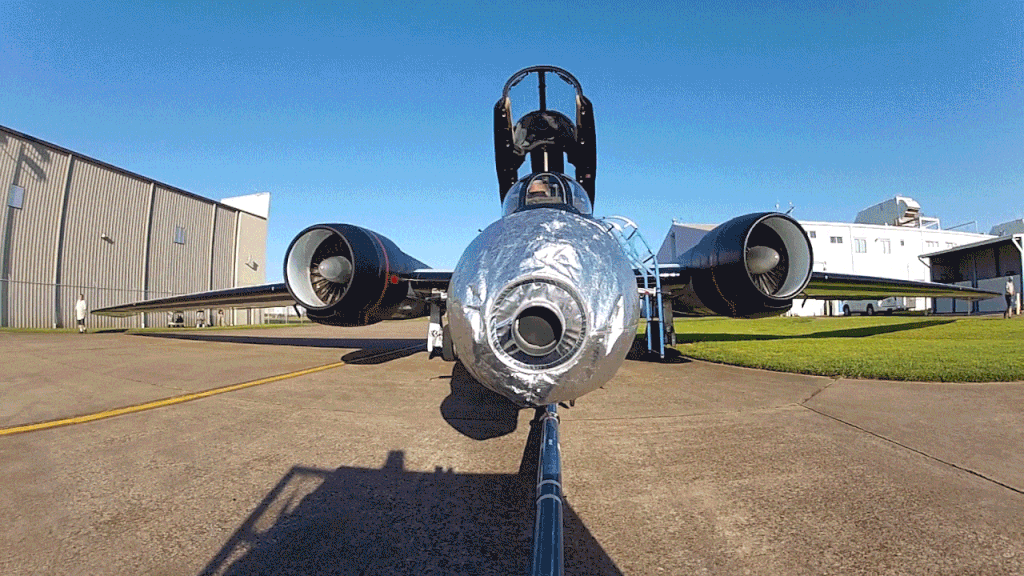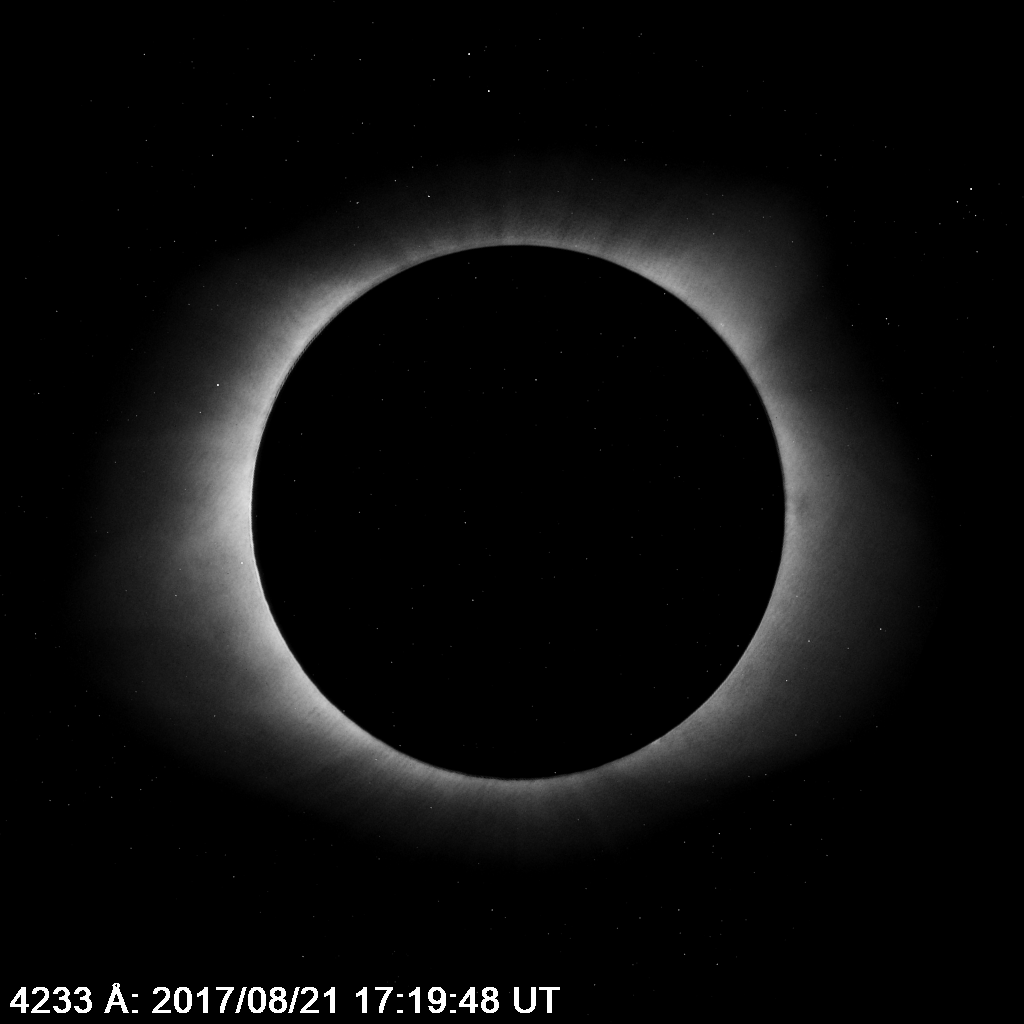Totality and the April 8th total solar eclipse offers a rare chance to study the Sun.
We're less than three weeks out now, until the April 8th total solar eclipse crosses North America. And while over 31 million residents live in the path of totality, many more will make the journey to briefly stand in the shadow of the Moon. Several scientific projects are also underway to take advantage of the event.
The eclipse traverses Mexico, the United States from Texas to Maine, and the Canadian Maritime provinces before heading out over the Atlantic. Maximum totality for this eclipse in 4 minutes and 27 seconds, longer than the 2017 total solar eclipse. This is the only total solar eclipse worldwide for 2024, and the final total solar eclipse for a generation for the contiguous United States until 2044.
A Brief History of Total Solar Eclipse Science
Eclipses have always offered astronomers a chance to carry out rare observations. The element helium (named after 'Helios' the Greek god of the Sun) was discovered in the solar chromosphere during the August 18th, 1868 total solar eclipse. Astronomers swept the sky near the eclipsed Sun in July 29th, 1878, looking for the hypothetical planet Vulcan. World War I thwarted astronomer’s plans to test Einstein's Theory of General Relativity during the August 21st, 1914 eclipse. This had to wait until Arthur Eddington led an expedition to Principe in 1919. Eddington vindicated Einstein with measurements of the deflection of stars observed near the Sun during totality.
Stranger experiments continued right up into the 20thcentury. One of the more bizarre eclipse experiments was hunting for the elusive ' Allais Effect,' looking for the deflection of a pendulum during totality. Alas, Maurice Allais' findings alluding to this fringe idea have never been replicated. Maybe LIGO Livingston just outside the path of totality on 2024 could take up the challenge?
Four Eclipse Science Projects
In 2023, NASA selected four major experiments to chase totality:
-
The Solar Patrol sunspot campaign: This effort is led by Thangasamy Velusamy out of NASA's Jet Propulsion Laboratory. This initiative seeks to monitor subtle changes in the magnetic fields of active sunspot regions as the Moon passes over them. The team will use the 34-meter Goldstone Apple Valley Radio Telescope based in California (outside of the path of totality) to carry out this experiment. We're headed towards the peak of Solar Cycle 25 over the coming year, so the odds are pretty good that the Sun will be dappled with multiple sunspots, come eclipse day.
-
SuperDARN to probe the ionosphere: Led by Bharat Kunduri out of Virginia Polytechnic Institute and State University, this experiment seeks to measure how the upper ionosphere reacts to the eclipse. Crucially, totality passes over three SuperDARN (Super Dual Auroral Radar Network) sites during the eclipse, offering an unprecedented opportunity.
-
Pro/AM 'Listening Party' to observe QSOs: Ham radio operators are familiar with the enhanced nighttime reflectivity of the upper ionosphere. This effect allows for reception of distant stations that are otherwise silent in the daytime. This sort of contact is known as a 'QSO' in ham radio-speak, and it also occurs during an eclipse, as totality briefly mimics the approach of night. Nathaniel Frissell of the University of Scranton is leading an effort to make QSO contacts on April 8th. A good strategy is to pick an AM station a few hundred miles distant and listen before, during and after totality passes. Even today, most cars still come equipped with AM/FM radios. This is also an experiment that can be done from outside of the path of totality.
Chasing the Shadow
- NASA's WB-57 missions to take flight once again. The most ambitious endeavor is once again underway, as NASA's two converted WB-57 Canberra aircraft will once again chase the shadow of the Moon. NASA owns the last three Canberra aircraft still in service. Two of these aircraft will fly out of Ellington Field outside of Houston, Texas on eclipse day. The jet aircraft will intercept the Moon's shadow, which will be moving at over 2,500 miles per hour. This allows for an extra two minutes of totality. Both aircraft will carry a suite of cameras and spectrometers, allowing astronomers to analyze the inner corona very near the Sun. Studying the region could go a long ways towards solving the 'coronal heating problem,' a mystery evolving why the corona is exponentially hotter than the photosphere of the Sun.
Observations from the 2017 eclipse hinted that oscillations in the lower corona may feed 'nano-flares' that pump energy into the outer corona. This time, two new observatories will be on hand to back up NASA's eclipse measurements. These are the European Space Agency's Solar Observatory (SolO) and NASA's Parker Solar Observatory.
The flight will also continue the campaign to scan the sky near the eclipsed Sun to hunt for elusive Vulcanoid asteroids interior to the orbit of Mercury. General Relativity did away with the need to evoke an inter-Mercurial world to explain the anomalous precession of Mercury's orbit. The jury is still out, however, on whether smaller asteroids could still exist near the Sun. MESSENGER scoured the region near the Sun en route to Mercury. NASA will once again look for Vulcanoids as a secondary objective during the 2024 eclipse.
NASA has also chased eclipses aloft using Gulfstream III aircraft:
More Total Solar Eclipse Science
Other citizen-science projects are also planned for April 8th. One intriguing project is the Citizen Continental-America Telescope Eclipse network, known as Citizen CATE. This project sees volunteers setup along the total solar eclipse path, with the objective of augmenting corona observations.
I have a deep respect for all those who are devoting precious time during totality to eclipse science. Perhaps, you'll simply be happy will clear skies to enjoy the view. If you haven't got your eclipse glasses yet to safely obverse the Sun, Astronomy For Equity still has 'em available. Hey, they're for a good cause...
Good luck and clear skies to all who are headed into the shadow of the Moon on eclipse day, whether its for the cause of science, or just to enjoy the view.
 Universe Today
Universe Today



